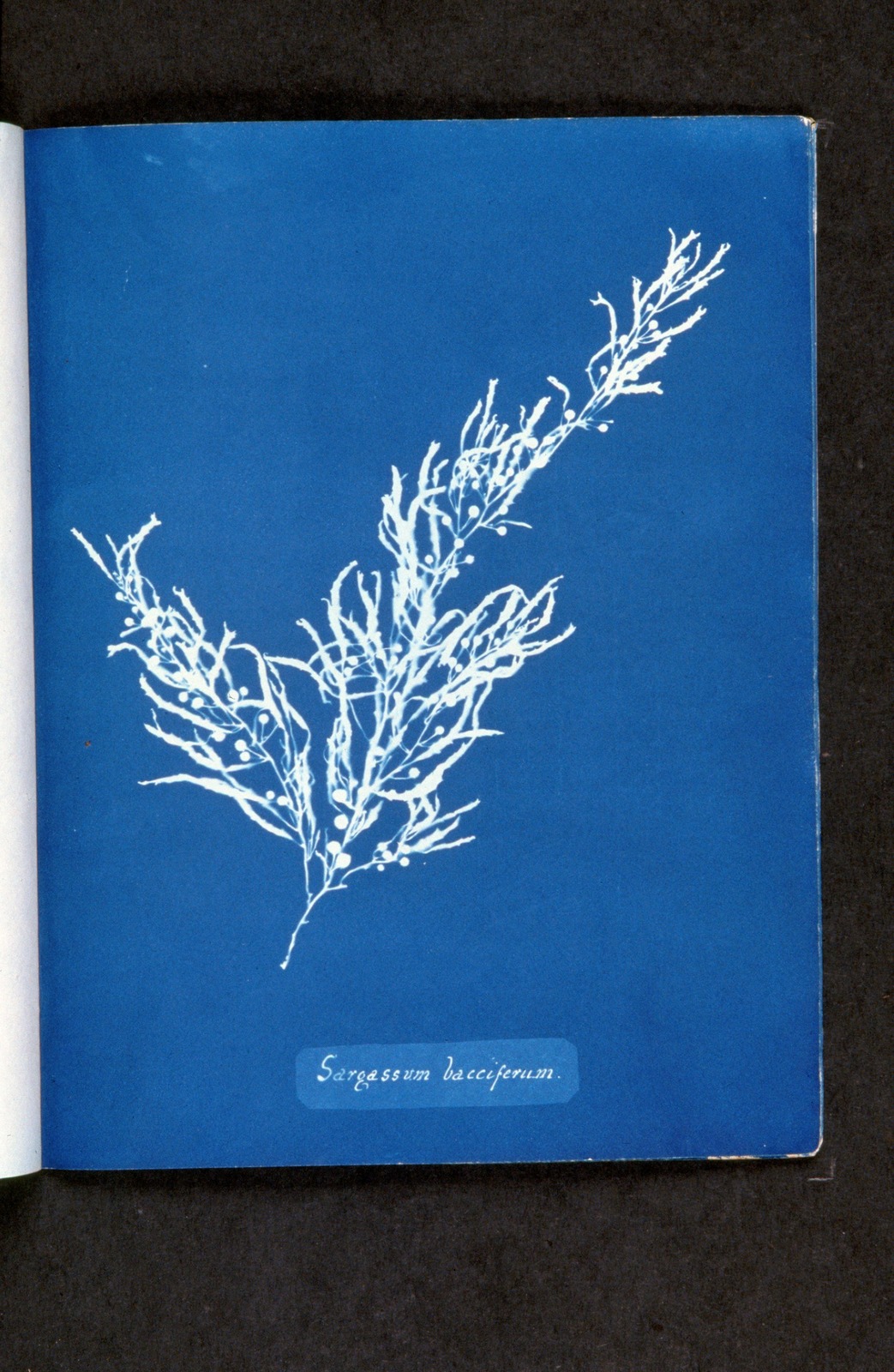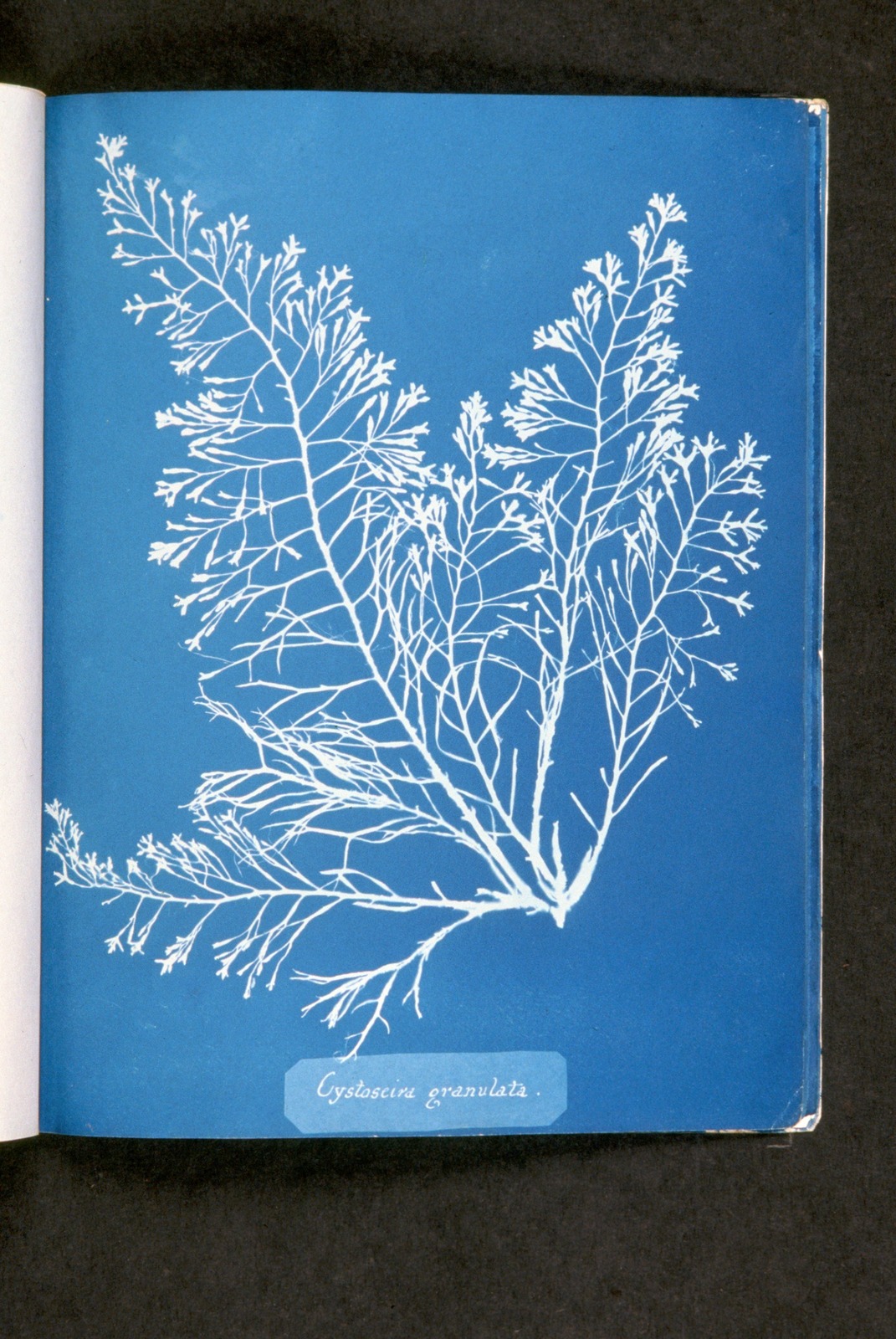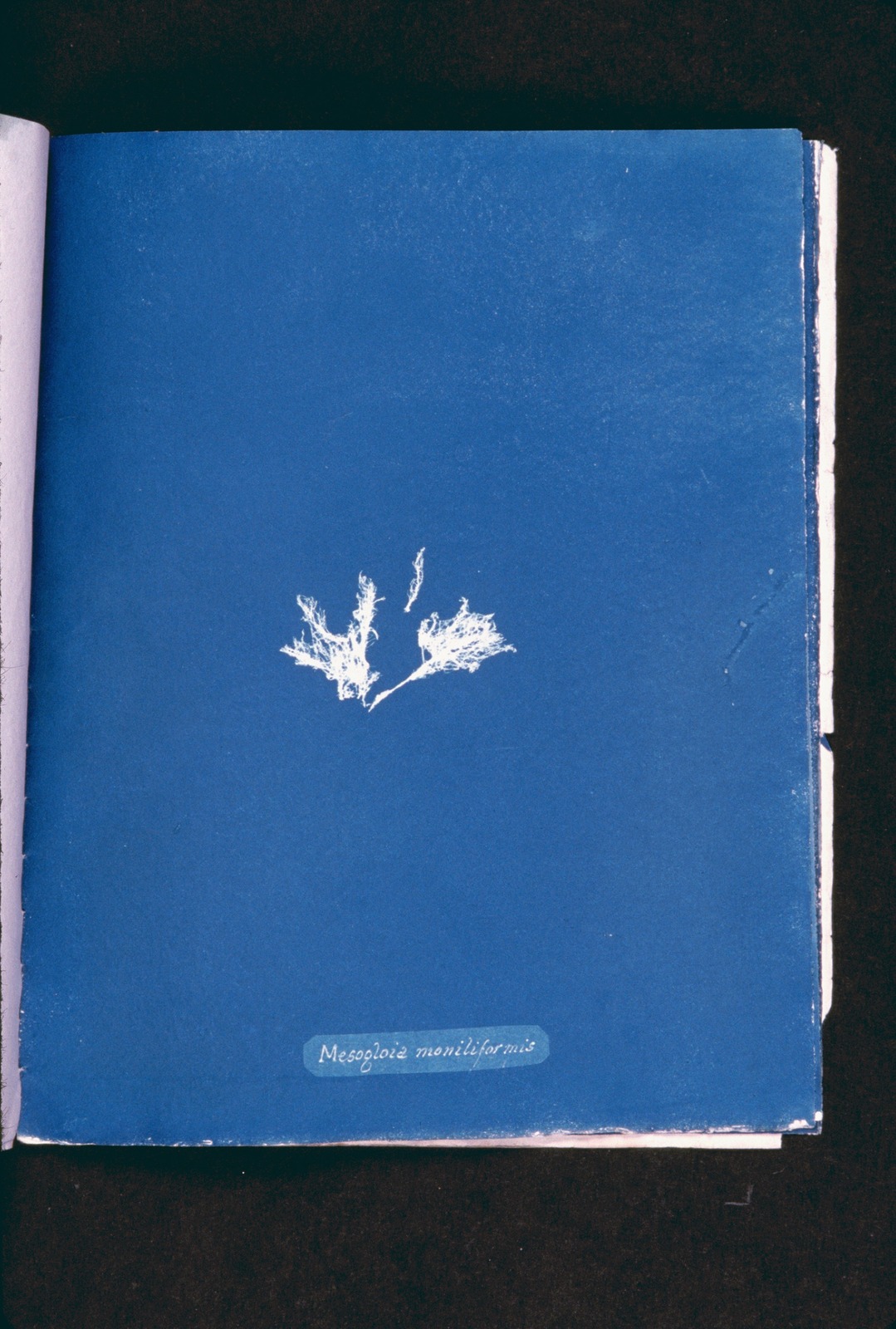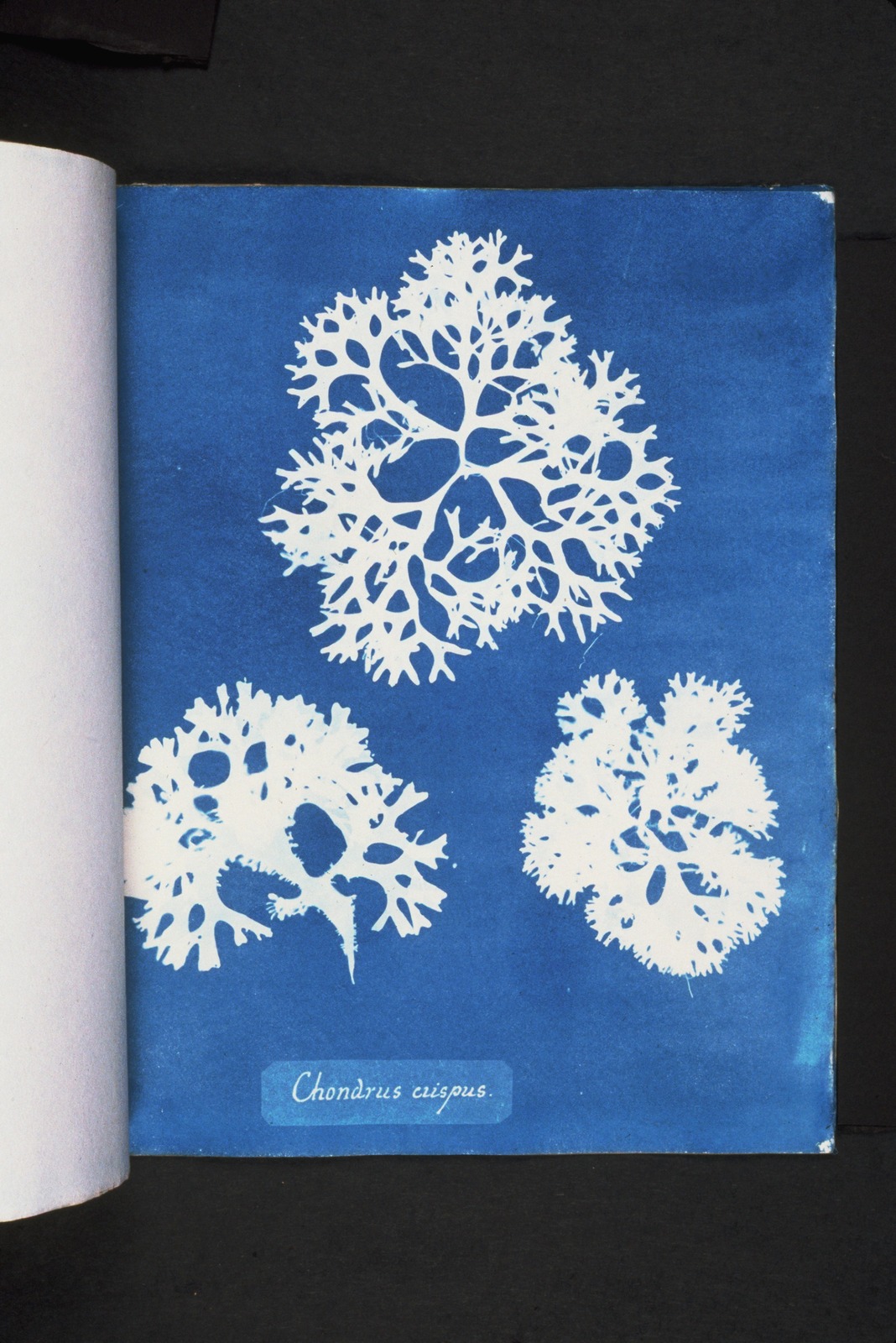Kind of Blue: Beautiful Algae Images in Rare 19th-Century Book (Photos)
Sargassum bacciferum

Nineteenth-century cyanotypes — an early form of photography that create a negative image on a blue background — capture the delicate beauty of British algae, in images taken by botanist Anna Atkins, the first woman to experiment with photography.
[Read the full story on the botanical photos]
Cystoseira granulata

"Photographs of British Algae: Cyanotype Impressions," by British photography pioneer and botanist Anna Atkins (1799-1871), is a 19th-century botanical volume, which Atkins self-published in 1844.
Himanthalia lorea

A copy of the historic volume, the first book to be illustrated with photographs, was recently acquired by the Rijkmuseum in the Netherlands.
Fucus vesiculosus

Cyanotypes, an early form of photographic printing, uses chemicals and sunlight to create a negative image of an object silhouetted against a blue background.
Chordaria flagelliformis

Cyanotypes were created by treating paper with ferric ammonium citrate and potassium ferricyanide — iron salts that dissolve in water — and then placing an object on the paper and exposing it to sunlight.
Mesogloia moniliformis

The cyanotype process forms a compound called Prussian blue,tinting the paper treated with iron salts a shade of deep blue.
Get the world’s most fascinating discoveries delivered straight to your inbox.
Furcellaria fastigiata

"Photographs of British Algae" contains 307 images of algae native to waters in and around Great Britain.
Delesseria sinuosa

Atkins produced several editions of "Photographs of British Algae," of which about 20 copies — complete and incomplete — survive today.
Gigartina acicularis

Atkins produced thousands of algae cyanotypes for her books, a process that took 10 years, according to Rijksmuseum officials.
Rhodomenia laciniata

In later years, Atkins collaborated with Anne Dixon (1799–1864), another female botanist, to produce two additional books illustrated with cyanotypes: "Cyanotypes of British and Foreign Ferns" (1853) and "Cyanotypes of British and Foreign Flowering Plants and Ferns" (1854).
Chondrus crispus

Atkins' pioneering work using cyanotypes helped to establish photography as a medium for accurately representing scientific specimens.



